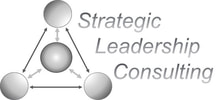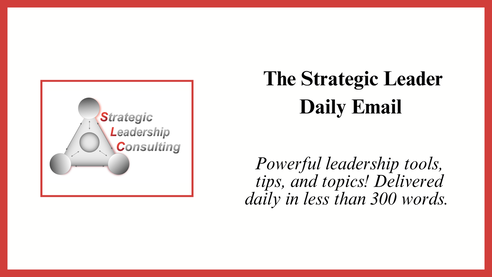|
Colleagues,
Too many cooks spoil the pot, but many hands make light work. Can there be too many leaders? Yes. Can there be too few? Definitely. In answering the question, we need to distinguish between hierarchical and non-hierarchical. A hierarchical leader is someone with legitimate power, usually in a position that is formally above others in an organizational hierarchy. In general, one hierarchical leader will have a number of people who report directly to the leader. In most situations, these “direct reports” are only answerable to the one leader. When people are the direct reports of more than one leader, things can get very messy. A non-hierarchical leader does not usually have legitimate power, but holds one or more of the other four sources of power (referent, coercive, reward, expert, informational). When a hierarchical leader nurtures these powers in others, they are using a distributed leadership style. Distributed leadership creates greater shared responsibility and mutual accountability, so people in this situation tend to be more motivated. It also helps people utilize their strengths and creates a greater pool of leadership to draw from if key members leave the job. In an organization with high levels of distributed leadership, the hierarchical leader is able to focus on developing people as most of the daily organizational and managerial tasks are carried out by others. This makes distributed leadership a great option for strategic leaders. Do good and be well, Frederick
0 Comments
Leave a Reply. |
Categories
All
Archives
July 2024
|


 RSS Feed
RSS Feed